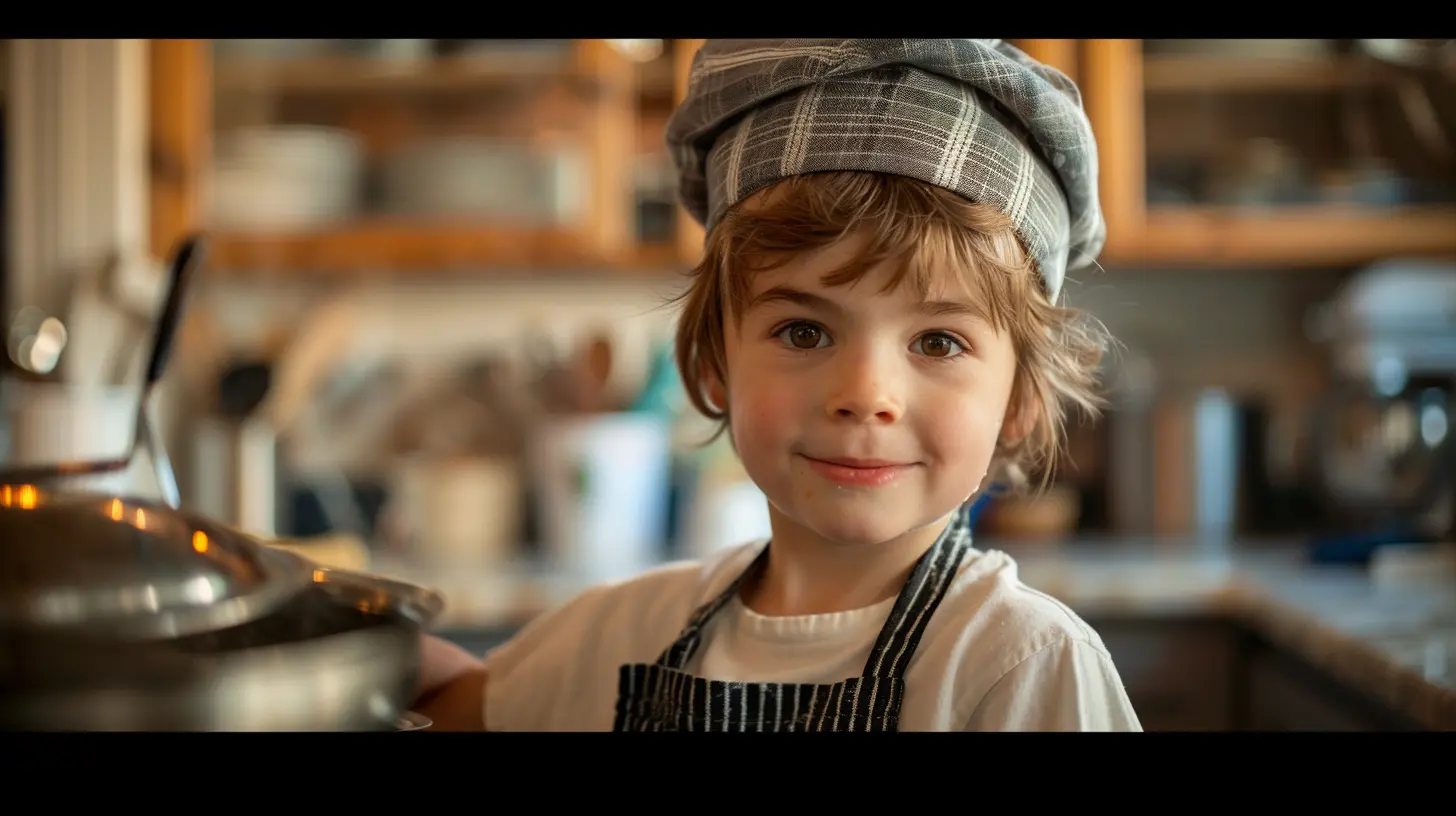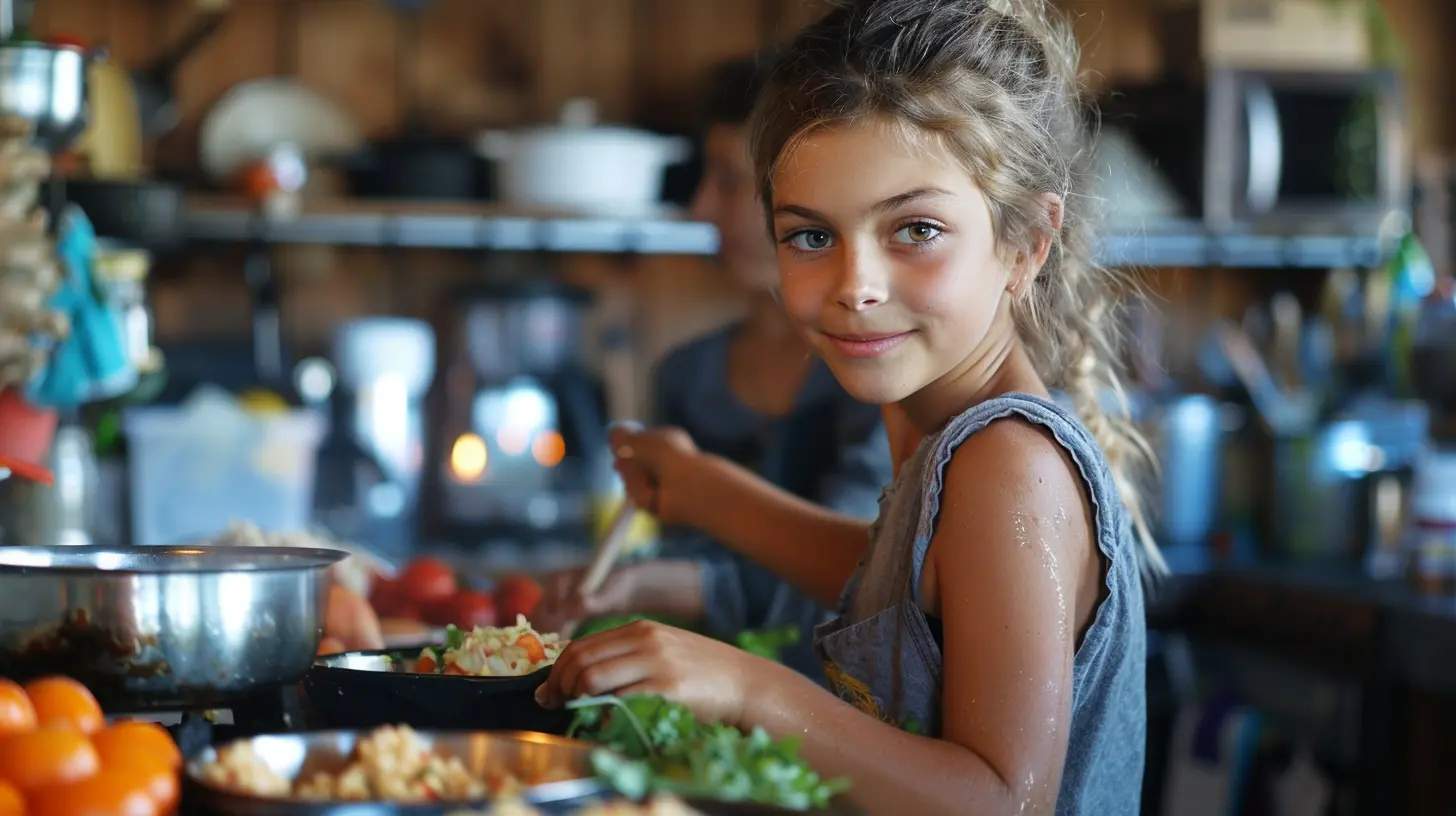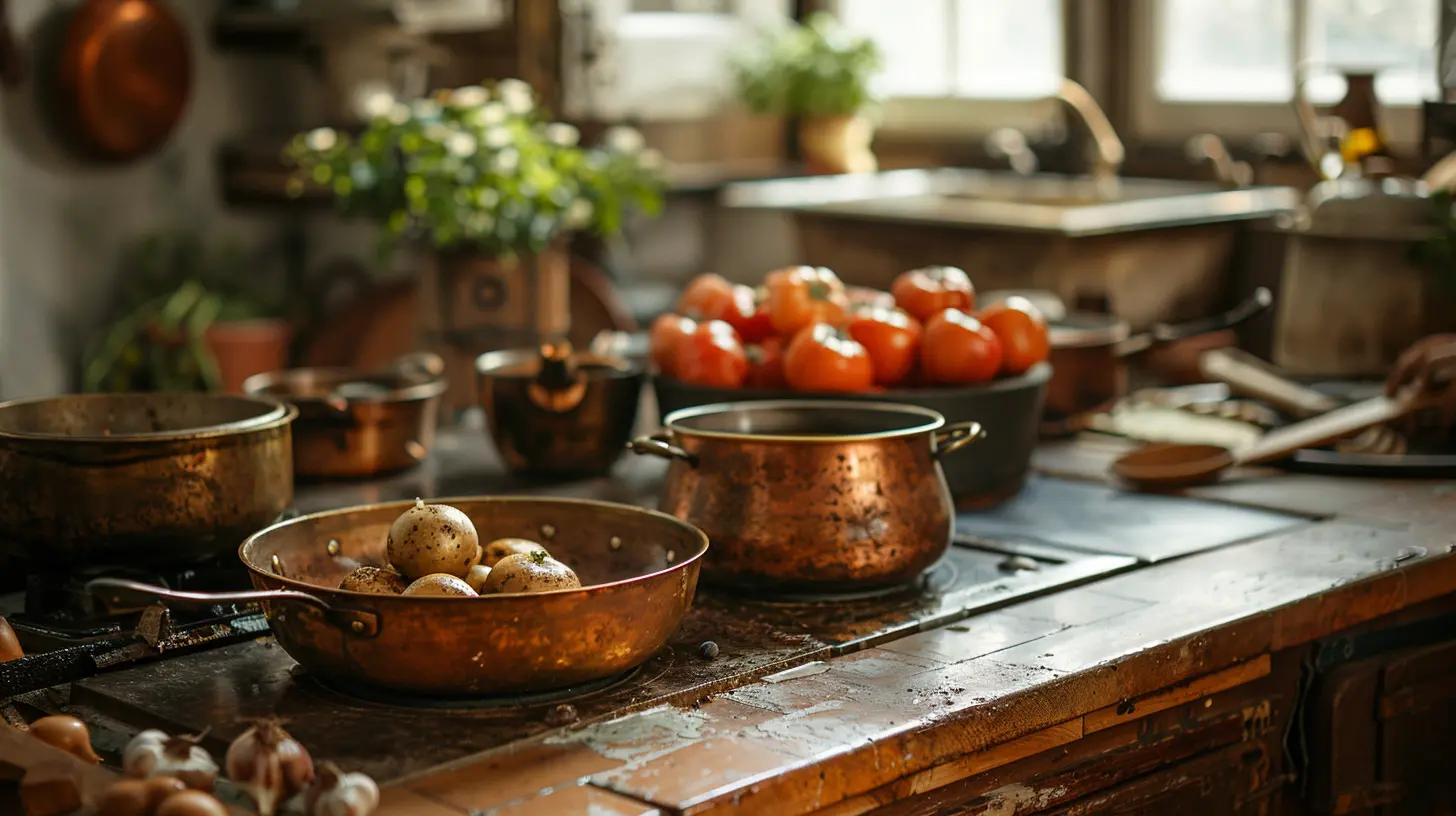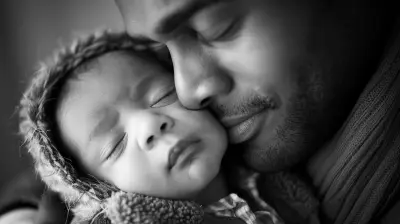Cooking as a Learning Experience in Your Homeschool
10 July 2025
Let’s cut to the chase—homeschooling is already a full-course meal of responsibilities, chaos, and “am I doing this right?” moments. So, why in the world would you willingly add cooking to the curriculum? I mean, isn't that just another perfect chance to set the kitchen on fire while pretending to teach math?
But hear me out—cooking isn’t just about turning ingredients into something edible without burning the house down. It’s an undercover educational ninja. Yup, you read that right. When you bring your kids into the kitchen, you're not just making cookies—you’re baking up real-life skills, math lessons, science experiments, history tidbits, and maybe even a little therapy (for you, obviously).
Let’s dive into why cooking isn't just something your kids can help with—it's something they should be learning from. Roll up those sleeves, toss on an apron, and accept that your kitchen will look like a flour storm hit it. This is homeschooling at its finest.
1. Math in Disguise: Measuring, Counting, and Fractions (Oh My!)
Let’s start with the obvious one—math. But don’t worry, we’re not talking about dry worksheets or calculator-induced headaches. We’re talking about hands-on, real-life, "oops-that-was-a-tablespoon-not-a-teaspoon" kind of math.Your kid can't grasp fractions? Hand them a measuring cup and have them figure out how many ¼ cups make a full cup. BAM—fractions in real-time. Need to double a recipe? Welcome to multiplication, sweetie. Halving the cookie dough because, let’s face it, that recipe makes enough to feed a small village? Hello, division.
And when it’s all said and done, they’ll look at you like you’re a wizard for making math make sense. All this, and all you did was make pancakes. The magic is real.
2. Chemistry Class... with Butter and Sugar
Forget boring beakers and safety goggles—your kitchen is already a chemistry lab. That moment when you whip egg whites into stiff peaks? SCIENCE. The way baking soda reacts with vinegar in that failed volcano and in your banana bread? SCIENCE AGAIN.Cooking offers a delicious way to introduce chemical reactions, states of matter, and temperature effects. Water boiling? There's your transition from liquid to gas. Ice melting? Solid to liquid. Burnt toast? The heartbreak of oxidation.
And let’s not forget the most important lesson of all: following directions actually matters (looking at you, dear child who thought you could leave the baking powder out “just this once”).
3. Reading Comprehension and Following Instructions (Spoiler: It’s Harder Than It Looks)
I don’t know about your kids, but mine can devour a fantasy novel in a single afternoon and still somehow misread “bake at 375°F for 15 minutes” as “broil until your smoke alarm screeches.”Recipes are the ultimate reading challenge. They require attention to detail, sequencing (first, THEN), and deciphering measurement abbreviations like “tsp” and “TBSP.” And let’s be honest, if they can decode Grandma’s chicken-scratch handwritten recipe card, they can handle Shakespeare.
Plus, no one gets to skip steps here. Missed the baking powder? Flat muffins. Misread the salt as sugar? Well, congrats—you’ve just invented sadness in a bite.
4. Geography and Culture Served on a Plate
Want to teach your kids about the wider world without spending a fortune on plane tickets or falling into a YouTube wormhole? Cook your way across the map instead.Whip up homemade pizza while talking about Italy, sauté some stir-fry to honor Chinese New Year, or attempt tacos (the real kind) and open the floor to a discussion about Mexico’s rich heritage. Food is culture. Culture is learning. And, let’s be honest, if the lesson ends in tacos, everyone’s paying attention.
You can even make it a challenge: “Tonight we’re eating like they do in Morocco!” Then spend the day learning about the country, its people, traditions, and yes, how to pronounce “tagine” without sounding like you sneezed.
Educational and delicious? We call that a win-win.
5. Life Skills That Don’t Come From a Textbook
Raise your hand if someone taught you how to boil water before you moved out of your parents' house. No one? Cool, same. Let’s break the generational cycle, shall we?Teaching your kids to cook is giving them the ultimate survival skill. I don’t care how many honors classes they’re taking—if they can’t feed themselves, that’s a problem.
From knife skills (responsibly, don’t panic) to food safety and meal planning, these are things they’ll actually use in adulthood. One day, your child might even call you to say, “I made lasagna from scratch and it didn’t suck!” And let’s be real—that’s the golden parenting moment right there.
6. Patience, Perseverance, and Cleaning Up the Mess
Cooking teaches patience. You can’t rush a cake to bake. You can’t microwave a pot roast. Sometimes you mess up and have to start over (RIP to the first batch of undercooked meatballs). And sometimes, no matter how hard you try, it just doesn’t taste right.These are the kinds of life lessons that are hard to teach through textbooks. But cooking? Cooking is full of try-again moments, delayed gratification, and humility—especially when the dog refuses to eat your experimental tofu casserole.
Oh, and cleaning up? That’s part of the curriculum too. Sorry, kids. Education comes with a side of dish duty.
7. Budgeting & Decision-Making in the Grocery Store Aisle
You know what’s better than your child asking for the 14-dollar organic vegan marshmallows? Teaching them to budget for family meals.Cooking as a homeschool lesson starts way before the stove. It begins at the grocery store or while clicking through your favorite online delivery app. Give your kids a budget and a meal to plan, and watch the critical thinking spark.
Suddenly, they’re comparing prices, reading nutrition labels, and debating if we really need organic strawberries in January. It’s beautiful. It’s practical. And it might just keep your grocery bill under control for once.
8. Leadership, Teamwork, and Responsibility (Pass the Spatula, Please)
Kitchen time is also the perfect time to sneak in those soft skills we’re always told employers are dying to see.One kid leads the process like a mini Gordon Ramsay (minus the yelling, hopefully), another reads the recipe aloud, and someone else is on stirring duty. They learn to work as a team, delegate tasks, take responsibility when burnt offerings happen, and maybe even apologize when the salt was added three times “by accident.”
And yes, sometimes the kitchen turns into a culinary Hunger Games. But that’s called character building, right?
9. Confidence: The Secret Ingredient
Here’s the best part—when your child successfully makes something from scratch (even if it’s just scrambled eggs that only slightly resemble rubber), their confidence skyrockets.Nothing beats the glow on their face when the family eats something they made and nobody dies or fakes a stomachache. It’s pride wrapped in pastry. It’s achievement sauced in marinara. (Okay, you get it.)
And once they realize they can do this, they might even start cooking without being asked. Just try to contain your tears of joy.
10. The Ultimate Test: Feeding the Picky Sibling
Got a picky eater in the house? Use cooking as your Trojan horse. When picky kids help make the meal, they’re more likely to gasp eat it. Why? Because they know what went into it. It’s theirs. They made it. And now it’s personal.Letting them choose the menu (within reason) encourages exploration. Want to make your own chicken nuggets instead of the frozen ones? Let's do it. Craving pizza but with broccoli? I’m not questioning it—let’s roll.
Suddenly, meals become less about battles and more about experiences. And that’s a parenting miracle right there.
Final Thoughts: Your Kitchen, The Newest Classroom
So the next time your homeschool schedule feels like it’s about to implode from all the pressure, shift gears. Head to the kitchen, toss out the workbooks for a minute, and cook something together.You’ll cover more “subjects” in one meal than you could in an entire week of worksheets—and bonus, there’s a snack at the end.
Cooking isn’t just a survival skill. It’s teaching disguised as tasting. A lesson plan dressed in an apron. A report card made of cookies. And honestly, isn’t that the kind of education we all wish we'd had?
So heat those pans, spill that flour, and get ready to “accidentally” teach your kids everything they need to know about life.
Because in the end, cooking isn't just a learning experience—it’s the tastiest one.
all images in this post were generated using AI tools
Category:
HomeschoolingAuthor:

Zelda Gill
Discussion
rate this article
1 comments
Layne Roberson
Cooking transcends mere sustenance; it’s a gateway to life skills, creativity, and math. In the homeschool setting, each recipe becomes a lesson in patience, teamwork, and cultural appreciation. As we stir and sauté, we nurture not just appetites, but curiosity and resilience—essential ingredients for lifelong learning.
July 16, 2025 at 4:51 PM

Zelda Gill
Absolutely! Cooking in a homeschool setting enriches not just culinary skills but also fosters important life lessons, creativity, and cultural understanding, making it a valuable educational experience.


